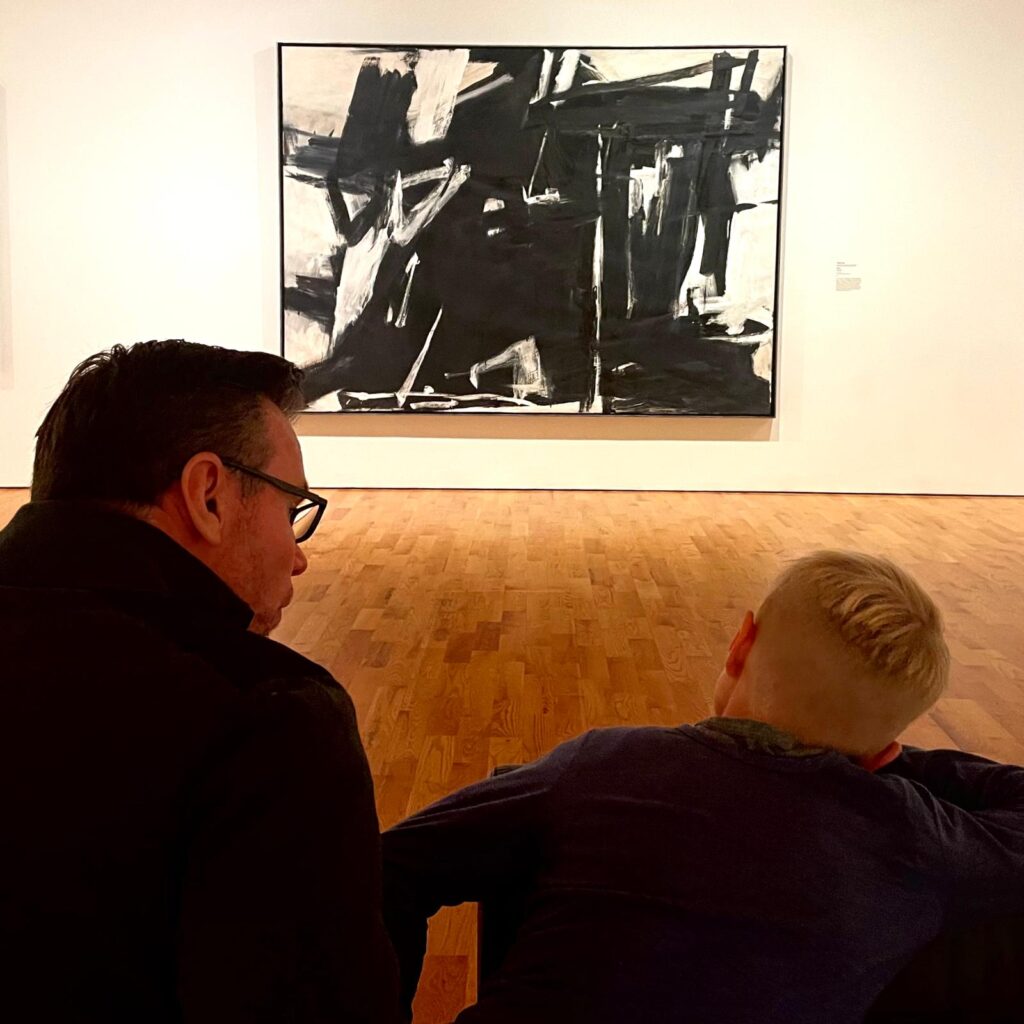Franz Kline’s art style and history are essential to understanding the evolution of modern abstract art. As a leading figure in Abstract Expressionism, Kline became known for his bold, black-and-white paintings that emphasized movement and energy. His unique approach to composition, which often resembled architectural structures, helped redefine abstraction in postwar American art. If you’re looking to explore Franz Kline’s art style and history, his work provides a powerful example of how gesture and expression can transform a canvas.

The Origins of Franz Kline’s Abstract Style
Born in 1910, Kline was part of the New York School, an influential group of avant-garde artists who shaped the direction of contemporary art after World War II. While his early work included figurative painting, he gained recognition for his transition to large-scale, abstract compositions. His method of using house-painting brushes and commercial paints gave his work a raw, industrial edge, emphasizing his physical engagement with the canvas.
Kline’s paintings fall within the category of modern abstract art, specifically action painting, a movement that celebrated the act of painting itself. Unlike Jackson Pollock’s drips, Kline’s brushstrokes were bold, deliberate, and structured, often evoking the dynamism of urban architecture.
Cupola and the Power of Gesture
One of Kline’s notable works, Cupola (1958-1960), housed in the Art Gallery of Toronto, is a striking example of his style. The painting’s stark contrasts and sweeping brushstrokes create a sense of movement and intensity. His compositions do not depict specific objects but instead convey pure emotion through their energetic forms.
Kline’s work is celebrated in major institutions such as the Museum of Modern Art (MoMA) and the Tate Modern, securing his legacy as a foundational figure in modern abstract art. His paintings continue to influence contemporary artists, proving that gesture and composition can carry profound meaning beyond representation.
For collectors and enthusiasts, exploring Franz Kline’s art style and history offers valuable insight into the power of abstraction and the impact of the New York School on 20th-century art. To learn more about Franz Kline’s Cupola, visit the Art Gallery of Toronto Website here: https://ago.ca/collection/object/61/55




